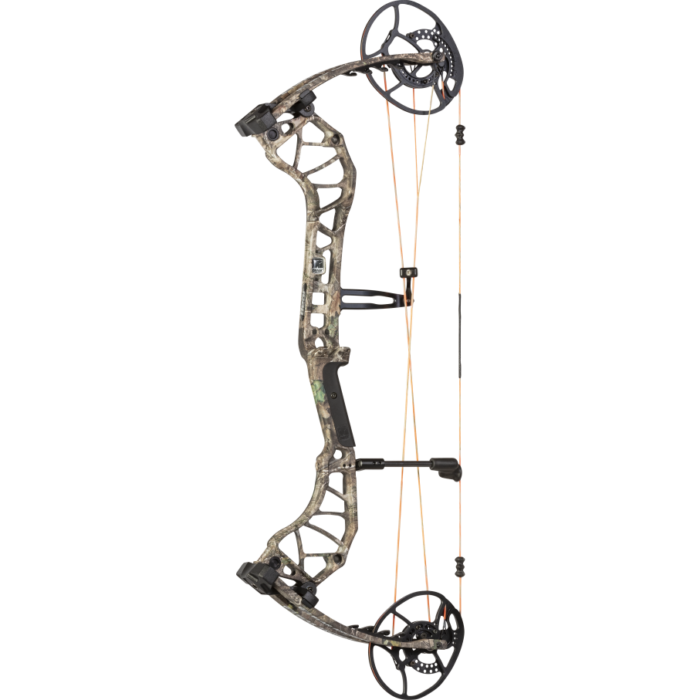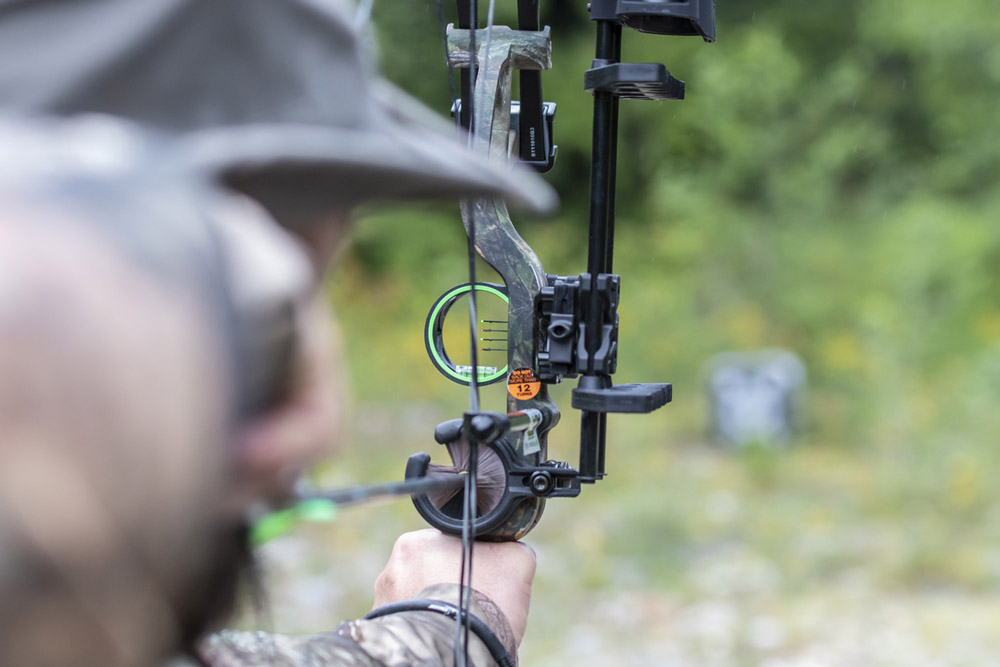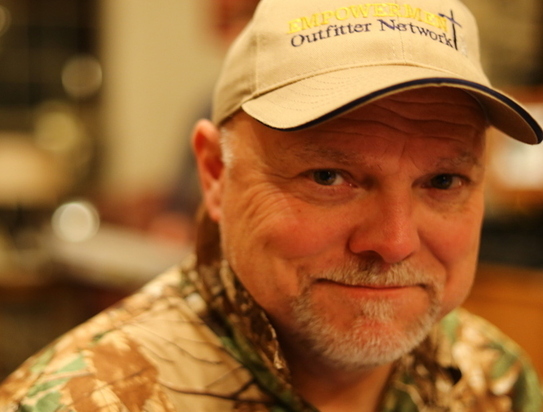Shooting and Hunting with a Compound Bow: The Fundamentals
For current and new hunters alike, there are many reasons to take up bowhunting. They include everything from “I want a new challenge” to “all my friends are doing it.” For me, the primary reasons are the closer connection to the deer I hunt and the ability to hunt them earlier in the season.
Gearing up to bow hunt is exciting, especially for the first time. However, with the plethora of archery equipment and accessories on the market these days, getting started can be downright intimidating.
But it doesn’t have to be. With whitetail hunting season upon us (and underway in a few states), here are a few of the basics on necessary bowhunting components and their uses, along with some of the gear you’ll need when you go bowhunting
The Bow
The bow happens to be the most basic need for the aspiring bowhunter. There are several types of bows, including recurves, traditional recurves, and crossbows. Compound bows, however, are by far the most common and popular type of bow found in the hunting woods. They’re also the most powerful and adjustable options available. For these reasons, I’m focusing this article on compound bows.
You can make the learning process a lot easier from the getgo if you visit your local archery pro shop. Success will largely depend on the understanding that bows are not one-size-fits-all. A seasoned archer at the pro shop will have a good understanding of all elements and how they work in concert together. Ultimately, they will be able to customize the bow of your choice to match your draw length and weight, among other things. Note that a good pro-staffer will help you whether you choose a bow from the shop or bring one in with you. In either case, try to mute all the chatter about bow brands and find one that not only fits your budget but feels right to you.
Arrows
Next, you will need to decide on a set of arrows. While it can be tempting to cut costs and buy arrows a la carte from Walmart or a bargain bin, it’s a good idea to, again, consult staff at the pro shop for the best choice. Ideally, arrows should be chosen based on your set draw weight and length. Your local shop will have the equipment needed to adjust accordingly. The bottom line is that arrows are far from universal and, if chosen correctly, will have a positive impact on accuracy.
There are also other alternatives to consider, such as material make-up, diameter, and wall thickness. These have everything to do with speed, energy, and strength. For example, carbon arrows are lighter and faster than aluminum ones. On the contrary, heavier aluminum ones transfer more energy from the shot. Shafts with thinner walls and diameter are faster and vice-versa. You get the idea. These days, carbon arrows are by far the most popular choice available.
Broadheads
While field points are used for target practice, broadheads are used for hunting. Therefore, as the season approaches, switch them out for realistic practice. In the meantime, choose field points that are consistent with the broadhead weight you plan to shoot.
All broadheads have blades – razor-sharp ones that can pass through a game animal’s hide, flesh, and vitals. They come in many brands, styles, weights, and cutting diameters. Then you have the ever-popular choice between fixed and mechanical broadheads. The latter is perhaps the biggest debate around in the bowhunting world.
Either way, every bowhunter wants a sharp and dependable broadhead for an effective, ethical harvest. Though there are different styles, all fixed broadheads have a fixed head supported by blades. In contrast, mechanical broadheads deploy either from the rear or front upon contact. While many prefer the strength and reliability of fixed broadheads, others prefer the wider cutting surface and aerodynamic qualities of mechanical ones (their flight is similar to that of field points before blade deployment).
There is a lot of subjectivity on this front, so you might want to try both and solicit advice from pros or more seasoned archery hunters.
Other Key Bow Accessories
There are a few essential accessories when it comes to hunting with a compound bow. They will depend mainly on your budget and bow of choice. For one, you’ll need a hooded quiver that will secure safely and carry arrows with broadheads. Quivers usually hold 4-6 arrows and easily attach to the bow for portability. Some bowhunters even shoot with the quiver attached.
Next, you’ll need an arrow-rest to hold the arrow in place while drawing and shooting. The primary types are fixed and drop-away. Additionally, to achieve a reference point for aiming before the shot, it’s essential to obtain a good bow-sight. Most sights have one to six adjustable pins to account for distance.
Finally, I suggest a release-aid for grabbing the string before drawing and releasing the arrow after aiming. They usually come in either a wrist strap or a handheld style and include a trigger for releasing the arrow.
Miscellaneous Hunting Gear
After acquiring, attaching, and adjusting the necessary components of the bow, it’s of course, time to practice – and then practice more. It’s best to do so alongside a skilled archer. Once comfortable with your shooting, there are various items you will want to consider for actual hunting conditions. Remember that, unlike rife hunting, you’re seeking to get close to the game you are hunting. As such, be sure and obtain camo clothing that matches your terrain and is both comfortable and quiet. Layering is usually a good idea when temperature changes are expected. Likewise, invest in some quality and comfortable boots that are appropriate for area hunting conditions.
Next, you will want binoculars for surveying the landscape and a rangefinder to determine shot distance. A hunting pack to carry this and other gear, such as knives, lights, and calls, is a must.
Lastly, assuming you will not be spot and stalk hunting, you will need a ground blind or treestand. Varieties of both categories are vast in terms of price, features, and functionality. If budget is a significant issue, consider creating a ground blind from native brush and camo cloth.
Clear as mud? Don’t be overwhelmed. As mentioned, start the process outright by leaning on an archery professional and get outfitted correctly. Take it a step further and hunt with more experienced bow hunters in the beginning.
When it’s all said and done, you’ll likely be hooked for life. The rush you get when big game animals walk into close range is intense, not to mention when your arrow finds its mark. It is during these times that you will truly appreciate the skills and discipline you have obtained. So, in closing, know your limitations and seek to make clean, ethical shots – and have fun. You’ve become part of one of the best hunting and outdoor traditions ever.
Based in Texas, Jerald Kopp is President of 1st Light Hunting Journal. His articles cover a variety of topics about hunting and the outdoor lifestyle. Jerald is an avid outdoorsman with deer hunting and whitetails being by far his greatest passion. He was introduced to hunting and fishing at an early age and has been enjoying it for 40+ years. In 2005, he established the Empowerment Outfitter Network (EON) – a faith-based non-profit organization that provides hunting opportunities for disabled and terminally-ill children and youth. When not hunting, he spends his time traveling and enjoying life with Amy, his wife of over 30 years. Jerald and Amy have two adult daughters and a son-in-law.







